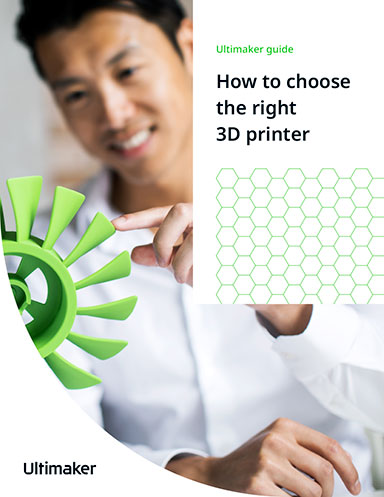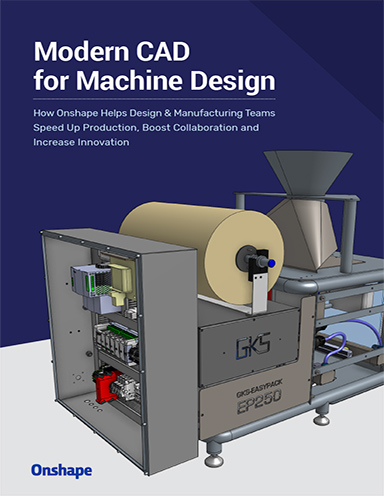Stratasys Expands GrabCAD Software Partner Program
The new partners integrate with the GrabCAD Additive Manufacturing Platform adding manufacturing operating system and new product introduction 3D workflow software options for Stratasys customers.
Latest News
March 8, 2022

Stratasys Ltd. announces the continued expansion of the GrabCAD Software Partner Program with new partners Oqton and Riven. Oqton is a cloud-based manufacturing operating system company based in Ghent, Belgium; and Riven provides 3D reality intelligence for digital manufacturing, based in Berkeley, CA.
The GrabCAD Software Partner Program is part of the recently introduced GrabCAD Additive Manufacturing Platform, which integrates GrabCAD applications and third-party GrabCAD Software Partners via the GrabCAD Software Development Kit (SDK). The open and enterprise-ready platform enables two-way connectivity between 3D printers, additive manufacturing and enterprise applications, and broader Industry 4.0 infrastructure.

“New GrabCAD Software partners give us the ability to grow the numbers of technologies available through the GrabCAD AM Platform and allows us to support our customers’ goals by creating a connected ecosystem that supports additive manufacturing at scale,” says Paul Giaconia, vice president of Software Products for Stratasys.

Oqton provides users with a machine-agnostic, cloud-based software platform that leverages artificial intelligence to automate repetitive tasks and utilizes intelligent IoT capabilities to automate the end-to-end additive manufacturing workflow across and beyond the production floor, including order tracking, scheduling, latticing, build preparation, and slicing. The solution, purposely built for additive manufacturing, allows users to easily create live dashboards and automated reports to optimize their manufacturing process so that their product can go to market quicker.
“Our solution empowers humans and machines to work together seamlessly – which is the key difference between manufacturing success and manufacturing failure,” says Benjamin Schrauwen, CEO at Oqton. “We've made it very easy to combine and visualize data from different machines, from different manufacturers, and across different technologies, and by partnering with Stratasys we can help our shared customers achieve automated manufacturing success.”
Also joining the GrabCAD Partner Program is Riven, an open cloud software company specializing in 3D reality intelligence that accelerates volume production of high-accuracy, end-use additive manufactured parts. Riven’s software, using 3D reality data from scanners and algorithms, allows engineering and manufacturing teams to cut iterations and time to part while improving the customer experience. Riven has introduced Warp-Adapted-Model (WAM) capability, which enables printed production parts across additive manufacturing technologies, including FDM, powder bed fusion and stereolithography, to be more accurate than parts printed from CAD. WAM scales from singular high-value parts to series production and enables new end-use applications.
“Together with Stratasys we recognize how critical it is that production parts are delivered quickly and to spec in order for additive to reach its full potential,” James Page, founder and CTO of Riven, comments. “Riven’s next-generation predictive, machine learning technology, enables customers to realize higher part quality and reduced time to production deliveries.”
Sources: Press materials received from the company and additional information gleaned from the company’s website.
More Oqton Coverage

More Stratasys Coverage
Subscribe to our FREE magazine, FREE email newsletters or both!
Latest News
About the Author
DE’s editors contribute news and new product announcements to Digital Engineering.
Press releases may be sent to them via DE-Editors@digitaleng.news.







